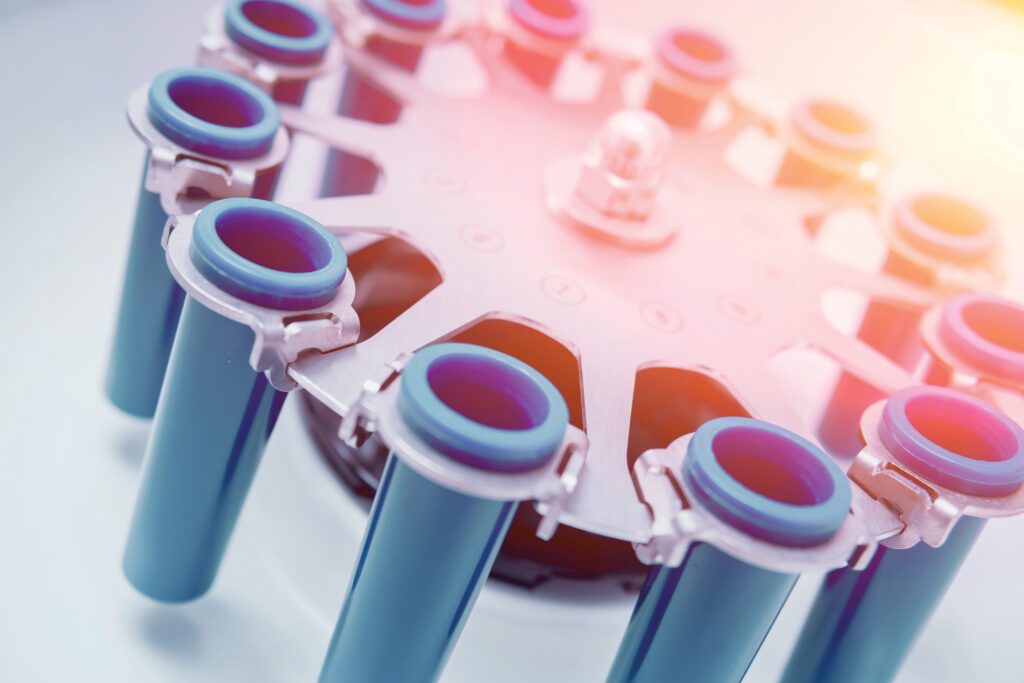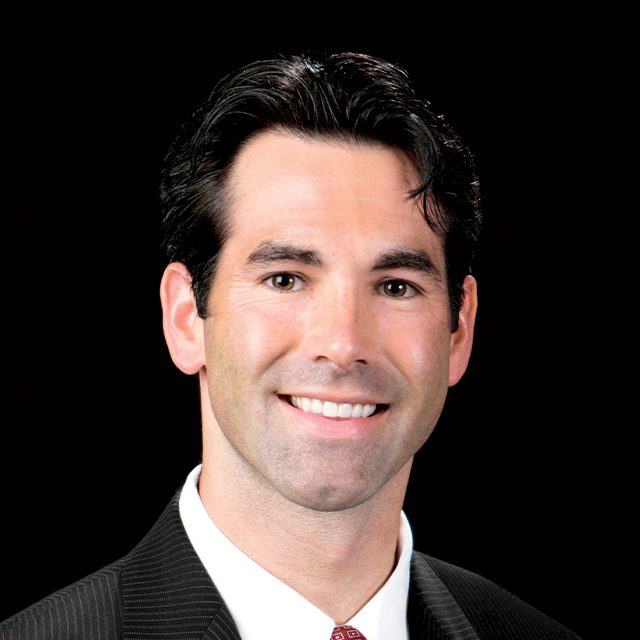Relieving arthritic pain and improving function can now be done using a patient's own regenerative cells.
Understanding Regenerative Medicine
Regenerative medicine refers to the processes by which specialized technology is used to create living, functional tissues to replace or repair tissue that has been lost due to damage, disease, or hereditary defects. For those struggling with limited mobility due to arthritis, injury, tendinopathy (disease of the tendons), or other forms of musculoskeletal inflammation, patients may be able to harness the healing potential of their own cells to provide relief.
New Solutions

Adipose-Derived Cell Therapies This method utilizes fat cells, which have high concentrations of stem cells and other growth factors within them, to decrease inflammation and aid in healing. In a minimally invasive procedure, a doctor will retrieve a patient’s own fat cells and deposit them into a device that uses a saline agent to rid the cells of blood and oil. At that point, the fat tissue has been resized and holds the ideal material and performance properties to stimulate healing. The doctor will then inject the fat graft into the joint experiencing the arthritic pain to decrease inflammation and encourage healing.
Platelet Rich Plasma Commonly referred to as PRP, platelet rich plasma utilizes a patient’s own blood to produce growth factors. Growth factors are naturally occurring proteins that bind to the cells in your body and stimulate growth, healing, and repopulation. With this minimally invasive procedure, a doctor will draw the patient’s blood and spin it in a centrifuge to separate the blood into layers. The thicker layer, which is rich with growth factors and platelets, is extracted and reintroduced into the damaged joint to encourage healing and reduce inflammation.
Bone Marrow Aspirate Bone marrow – the soft, spongy tissue found in the center of large bones – is composed of both a fluid and a more solid matter. It is rich in growth factors and regenerative stem cells. Unlike other cells in the body, these cells are able to replicate themselves into various types of tissue for healing. To utilize bone marrow to stimulate healing and regrowth in an arthritic joint, a doctor will extract bone marrow fluid (called aspirate) from a healthy bone in the body, generally the pelvis, and place it in a centrifuge to generate a concentration of powerful cells. These cells are then reintroduced into the arthritic joint to repair damaged tissue and grow new, healthy tissue.
Benefits to Patients
The benefits of regenerative medicine continue to grow as these technologies advance. In the past, the reparative options were often limited to manmade drugs or prosthetic joint replacements. Today, in certain cases, doctors can use cells from the patient’s own body to repair arthritic joints and alleviate pain biologically.


